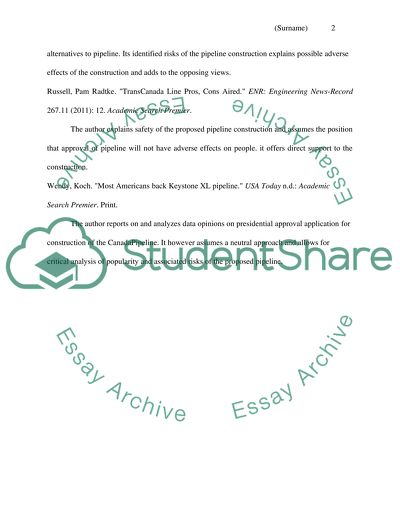Cite this document
(“Pipeline Should not be built Essay Example | Topics and Well Written Essays - 1750 words - 1”, n.d.)
Retrieved from https://studentshare.org/english/1624527-pipeline-should-not-be-built
Retrieved from https://studentshare.org/english/1624527-pipeline-should-not-be-built
(Pipeline Should Not Be Built Essay Example | Topics and Well Written Essays - 1750 Words - 1)
https://studentshare.org/english/1624527-pipeline-should-not-be-built.
https://studentshare.org/english/1624527-pipeline-should-not-be-built.
“Pipeline Should Not Be Built Essay Example | Topics and Well Written Essays - 1750 Words - 1”, n.d. https://studentshare.org/english/1624527-pipeline-should-not-be-built.


